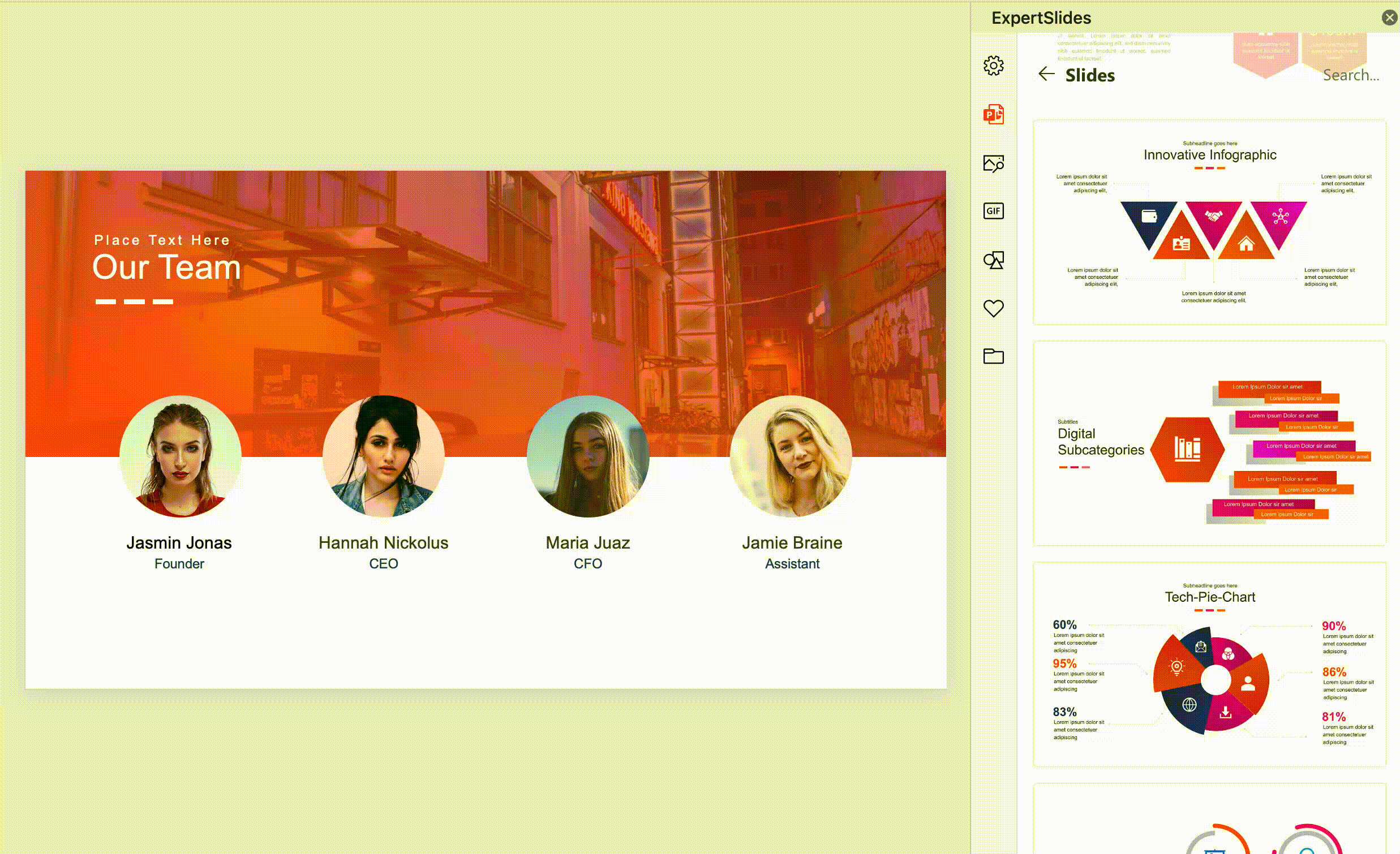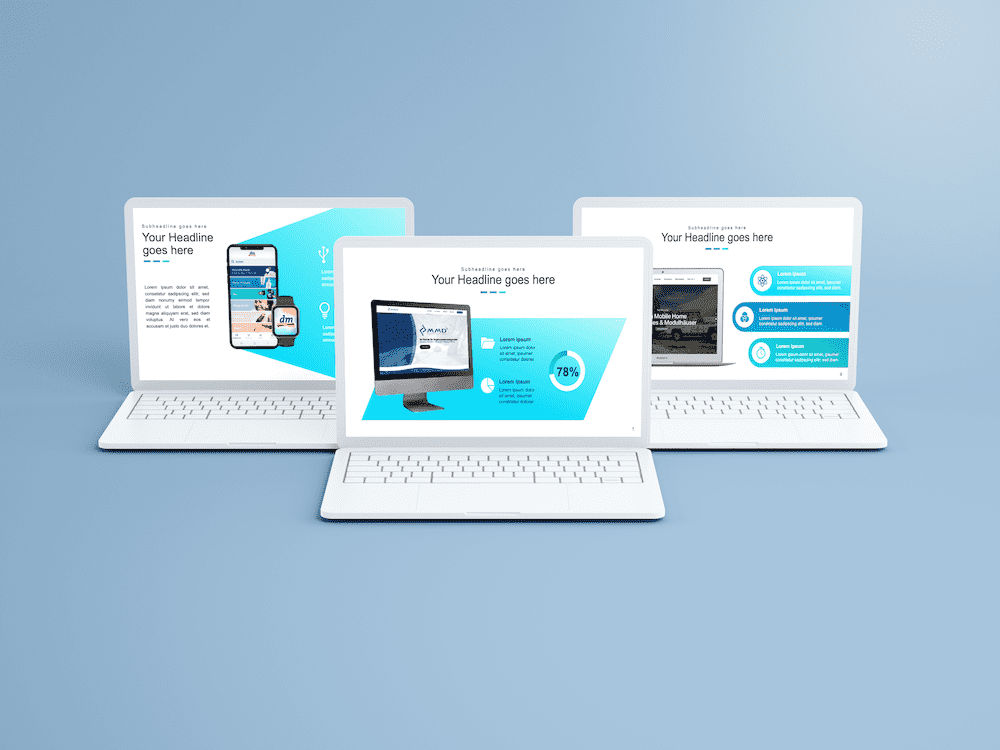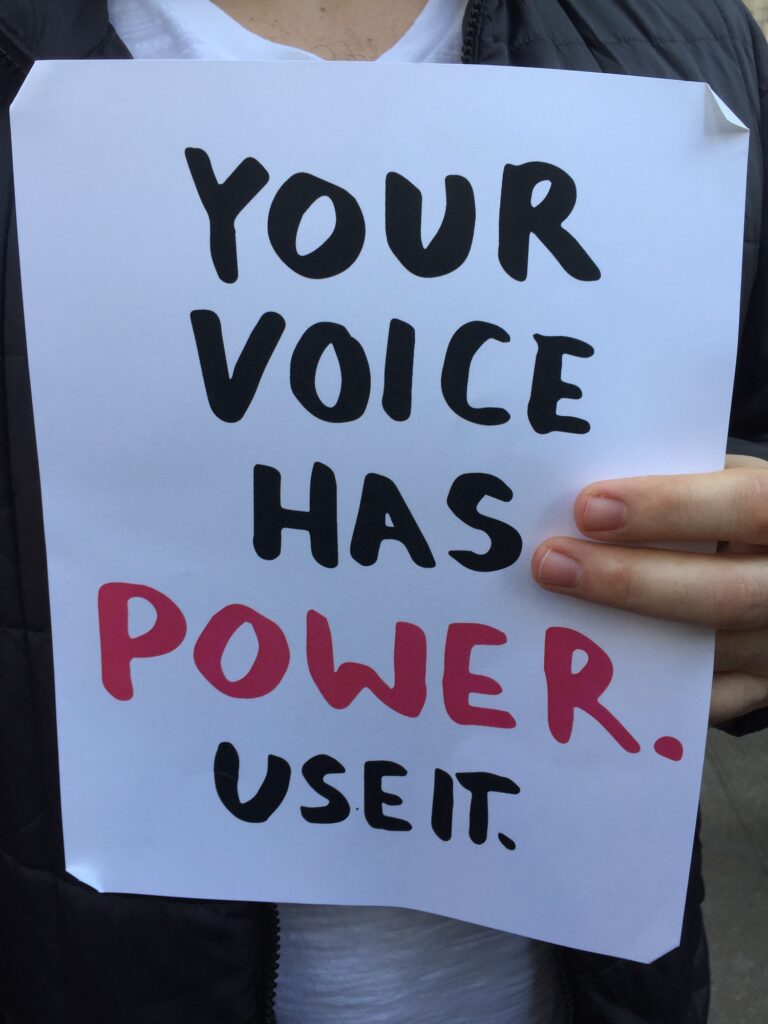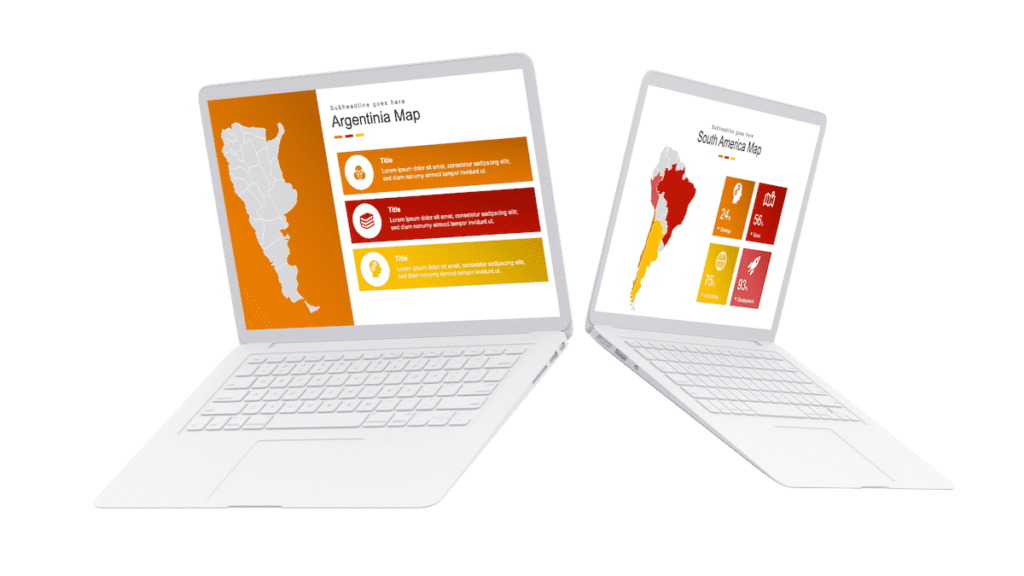What are the 6 types of presentation aids?
Table of Contents
What are presentation aids?
A presentation aid is any object, document, or method that helps you communicate better. There are many different types of presentation aids to choose from, and each type can help you stand out in a different way. Our ExpertSlides team explains the six most common types of presentation aids and offers recommendations on which type should be used for which situation.

what is the primary purpose of a presentation aid
If you’ve ever given a presentation, you’ll know the importance of presenting information in a way that’s easy for your audience to understand. Salespeople know this. Entrepreneurs know this. Human resources know this. Every year, more than 200 million people attend public presentations. If you’d like to share your message with as many of them as possible, you’ll need your own presentation aids.
But don’t just pick any old stand-ins. You’ll want to find presentation aids that are effective with your audience. You don’t want to waste time with aides that don’t work, right? So what are the 6 types of presentation aids? Where do you start? What should you consider when selecting a particular aid type?

Tip: Use mainly visual aids and underline them with your voice and gesture
There are three components: verbal aids, written aids, and visual aids. These aids are often combined, as in a video-based aid. According to Steven C. Brown, author of the book Effective Presentations, verbal aids are best when you want to inform, while written aids are best when you want to persuade, and visual aids are best when you want to engage people.
According to polling conducted by the American Council of Teachers of English (ACTE), most teachers recommend writing (91 percent) or speaking (89 percent) as the preferred way to communicate in a classroom. Reading aloud or displaying a written text (such as on a whiteboard) can help students hear what you have to say.
The 6 types of presentation aid examples
Before you can determine which type of presentation aid to use, you need to understand how they work. What are the six different types of presentation aids? Here’s a short list of what each of the 6 main types are:
- Visual aids (such as slides or PowerPoint)
- Auditory aids (such as taped recordings)
- Kinesthetic aids (such as objects or demonstrators)
- Graphic aids (such as charts or graphs)
- Verbal aids (such as the presenter\’s voice)
- Multimedia aids (such as computer-based presentations)
Each aid has its own strengths and weaknesses, and the best presentations make use of a combination of several types of aids. Unless you’re a design expert, it’s in your best interest to use a combination of all these aids. This way in this blog we will show you how to efficiently use each of these aids to bring your next pitch to the next level.
Visual Presentation Aids
Visual aids in PowerPoint are one of the most effective ways to impress your audience. You can use visual aids to explain complex ideas by using graphs, charts, pictures or videos.
However, be careful not to rely on visuals alone. These same visual aids can be misleading if they’re not backed by data or if they’re out of date.
To keep your audience engaged, try adding voiceover visuals to presenters who use graphs or charts. This will help them follow the key points you’re making.
Lastly, if you use videos in your presentation, be sure to put a limit on how many videos you play per hour.

Auditory Presentation Aids
Auditory aids in PowerPoint is another type of effective visual aid. Most people don’t read everything when they sit down to read a paper book, and passages can get lost if the reader is sitting far away from the screen.
So, when using auditory aids in your presentation, try to repeat important passages so readers don’t
Also, include background sounds, such as music or effect sounds, to help steady your audience’s attention while they read. Make sure to not overuse this aid, because it can also have a negative impact on your audience.

Kinesthetic Presentation aids (such as objects or demonstrators)
Kinesthetic aids help you stand out from the competition and grab your audience’s attention. Doing something unusual (such as raising your hand above your head) can communicate urgency to your audience.
Another way to use kinesthetic aids is to ask a colleague to stand up and demonstrate a concept. This can be a very effective aid if you’re trying to teach someone how to operate a machine or solve a problem.

Graphic Presentation aids
Graphic aids are great for showing off! Whether it’s a diagram or image, using graphically assisted ideas can help pipe dreamers (and even skeptics) understand your idea.
However, avoid trying to convince with graphics alone. These same graphs can be very helpful during the planning stage of a project when you’re developing a plan for production, distribution and marketing.

Verbal Presentation aids (such as the presenter’s voice)
The voice of the presenter is another type of aid that can help catch the attention of your audience. Hearing the same words being said by someone else naturally interests the human brain. If you use the right words, even without a visual presentation aid, your audience will pay attention to the speaker. The presentation aids quizlet tools are perfect to structure your presentation notes.

Multimedia Presentation aids (such as computer-based presentations)
Using multimedia tools such as computers, iPads or smartphones can help you stand out from the competition and grab your audience’s attention. With this aid you can show off a video of yourself presenting to an entire room, or you can use a slide show to keep your audience engaged at home.

effective use of presentation aids
There are several ways to display your presentation aid, such as projected images, videos, audio files or even written notes. Projected images as presentation aid is when you show an image of what you’re talking about without having to raise your hand or turn your back on your audience.
A diagram can be a good visual presentation aid of a projected image. This type of image is very helpful in explaining concepts. Diagrams can also be used to show off page designs or illustrate a point. However, avoid trying to convey information with a diagram. This is because diagrams can often be too complex for beginners to understand.
Using videos in general is another type of visual aid. This time, you’re showing an entire video play-back without having to press any buttons on your device. If you want to add meaning behind one of your diagrams, then you can ask a friend to interpret the diagram for you. This is also a good means to proofread your diagram.
Auditory aids are tools that help you represent the information you’re explaining. An auditory aid is like a voice-activated spell check for your brain. Simply say the word or phrase that you want to analyse, and your device will tell you if what you’re saying is correct. For example, you can use an auditory presentation aid to check if you’re consistent in your use of jargon.
Visual aids are tools that help you draw eyes to the information that you’re talking about. A visual aid can be a static image or a moving image.
Visual aids are tools that help you draw eyes to the information that you’re talking about. A visual aid can be a static image or a moving image.
A moving image helps you underline a point. This type of image is often a video or audio file. You can also use a drawing app on your phone to create a moving visual aid.
Using the right Presentation Software
During our years of experience working with companies across the United States, we’ve seen how presentation skills are sometimes lacking in business owners and managers. Even accomplished CEOs and founder’s of multi-billion dollar companies don’t always get their message across clearly enough to effectively lead their companies.
There are only so many hours in a day, days in a week, and weeks in a year. And if you want to reach the most people with the least amount of time and effort, you need to know what presentational aid software is right for you.
In most cases the presentation aid software PowerPoint led to the most effective results. PowerPoint can be used as very efficient visual aid and is known around the globe. Whether you use it for business meetings, class presentations, or any other purpose, your audience will experience satisfaction and perceive the information you\’re trying to convey.
How Storytelling can connect all 6 of these presentation aids
The art of storytelling is full of subtle ways to communicate momentum. When we tell stories, our aim is to communicate not only what we intend to say, but also how we intend to say it. One way to accomplish this is with a waterfall structure.
A waterfall structure is a prominent example of the formickal, which means that information is drip-fed to the audience. In other words, this type of structure provides information strategically placed throughout the presentation. The listener is encouraged to keep reading because the information that the reader needs to understand the concept is provided at the top of the page. The waterfall structure is not an individual aid, but a method to support your storytelling.
Here are some tips for creating a standout, impactful waterfall structure to impress your audience:
Begin at the very top. When you start a story from the beginning, you\’re offering the reader crucial information before diving into the subject.
Think about how you can drip-feed information. Use lists and bullets to repurpose the information that you already have written.
Use headings to break up sections and provide focus. Lists and bullets are great for picking out specific points, but sometimes it can be difficult to tell where to start when telling a story with so many options. Using headings can help solve this problem.
Make sure each paragraph has its own purpose. Paragraphs serve different purposes in different styles of writing.
Helpful Hints and hidden presentation aids
Implement an active voice. The subject did something, rather than something was done to them. E.g., “Wendy consulted with her agent” is an example of active voice, whereas “The agent was consulted by Wendy” is an example of passive voice.
Avoid double-negatives: This construction is example of a double-negative statement. Here’s an example: “This is not, not the best way to write.”
The Oxford comma: Use the Oxford comma to indicate a break in thought, such as when you switch from one topic to another.
Use adverbs and adjectives sparingly: Many presenters seem to think that adverbs and adjectives are required in every sentence. This is not true. Stick to simple sentences when possible.
Key Takeaways
Presentation aids come in three forms: verbal, written, and visual. As in a video-based presentation aid, these components of aids are frequently mixed. According to Steven C. Brown, author of Effective Presentations, verbal aids are ideal for informing people, written aids are best for persuading people, and visual aides are best for engaging people. When you use a waterfall structure, each new sentence is presented as a new slide. This gives your audience the opportunity to process each sentence before moving on to the next one. This can be a very effective way of presenting information, but it’s also easy to overdo it.
The waterfall structure works best when you’re demonstrating something or providing instructions. If you’re just trying to inform people, then this isn’t the way to go. While it can be helpful in getting your point across, it can also make people feel like they’re being bombarded with too much information all at once.
If you are interested in using powerful visual presentation aids for PowerPoint make sure to check out our ExpertSlides PowerPoint Add-In.
